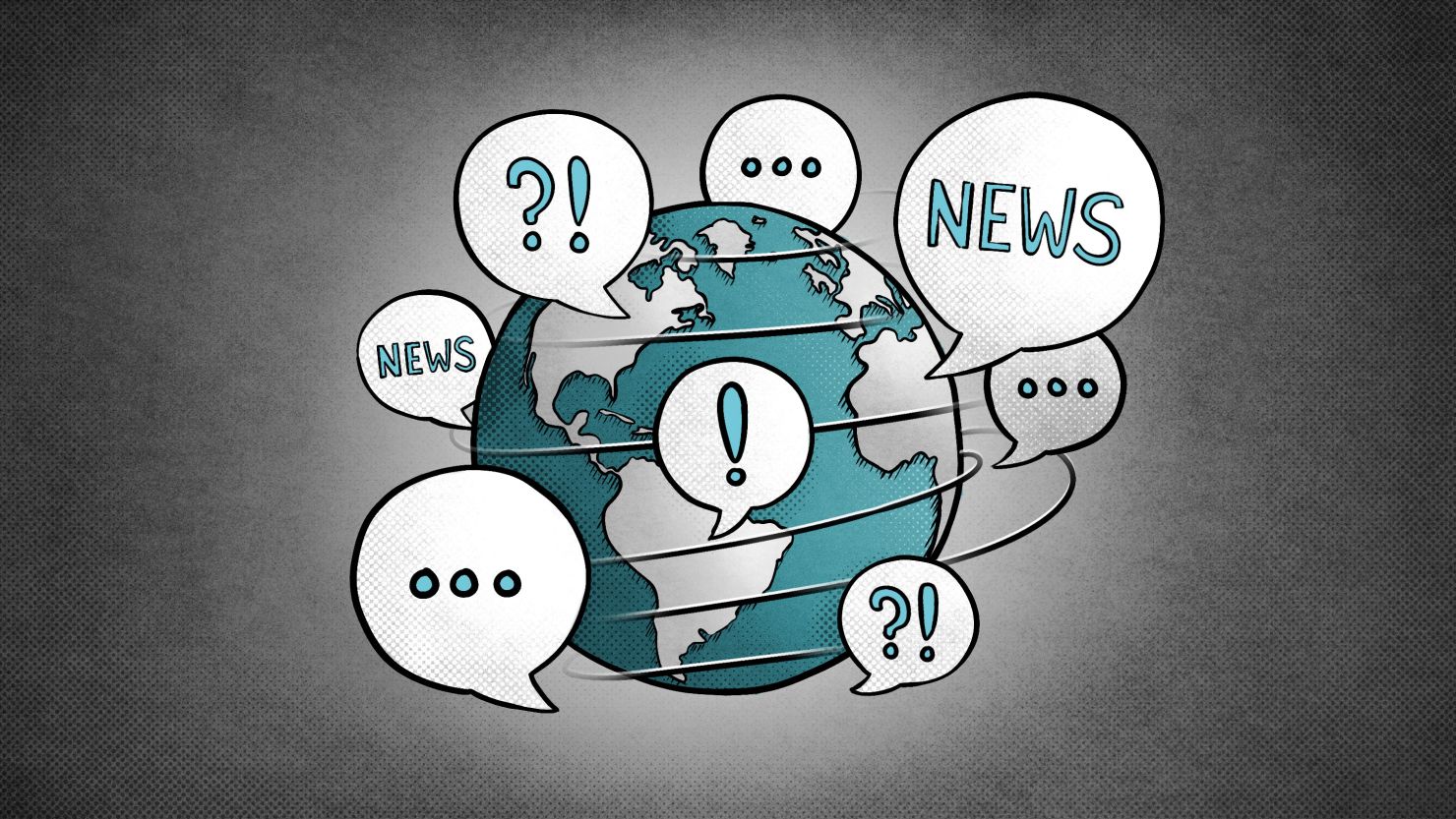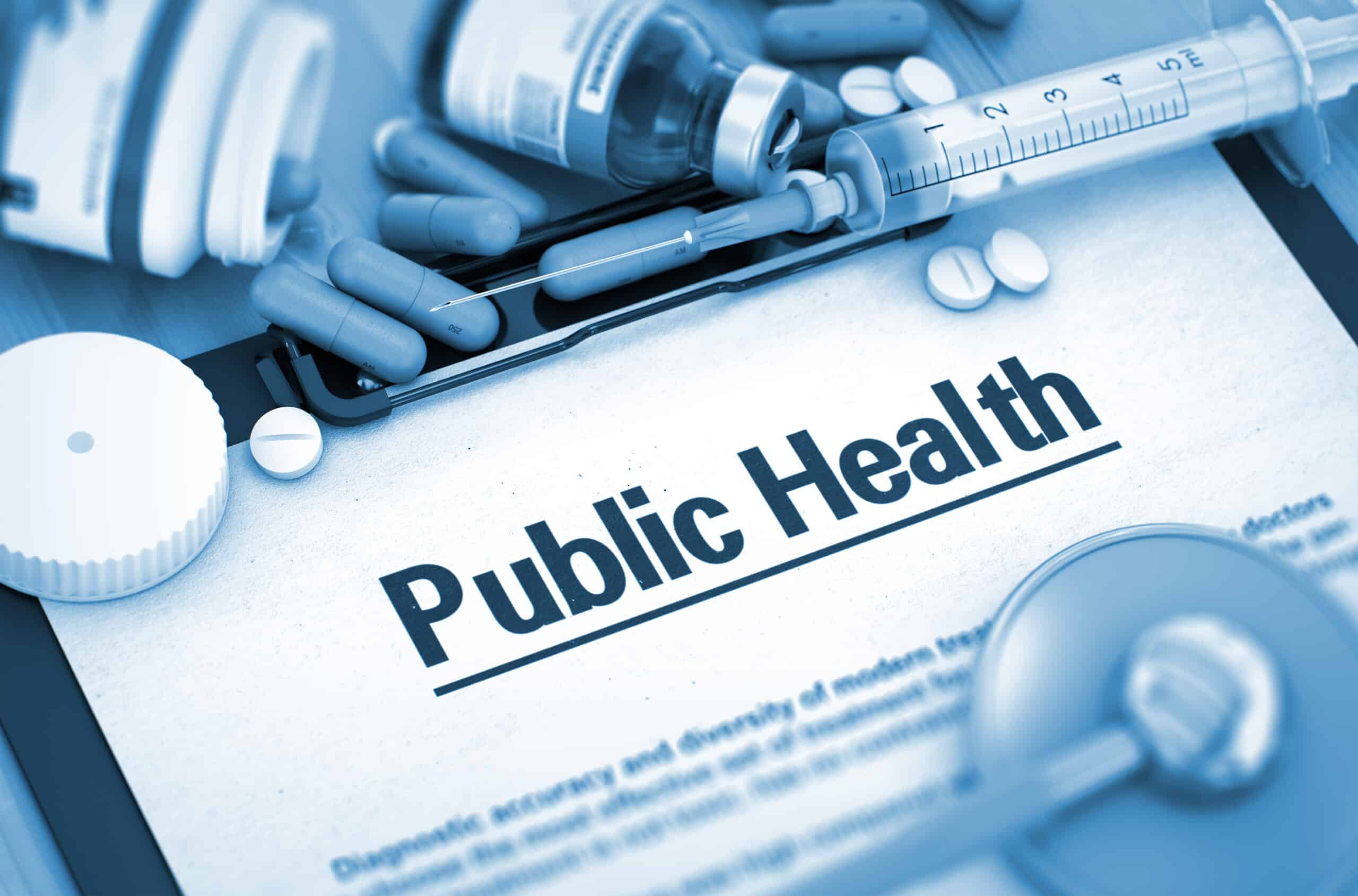Are Health Misinformation Regulations Protecting
Are Health Misinformation Regulations Protecting In an era of ubiquitous connectivity, information travels at the speed of light. Yet, the proliferation of erroneous or deceptive claims about medical treatments, vaccines, and public health interventions has prompted policymakers worldwide to enact health misinformation regulations. Ostensibly, these measures aim to shield citizens from pernicious falsehoods. But a vexing question arises: do these safeguards genuinely protect public welfare, or do they veer into unwarranted suppression of dissenting viewpoints? This comprehensive exploration delves into the labyrinthine dynamics of regulatory oversight, juxtaposing its salutary intentions with potential overreach.

The Evolution of Health Misinformation
For centuries, quack remedies and charlatan pamphlets have peddled spurious promises. The printing press once amplified snake oil salesmen; today’s social media platforms turbocharge viral conspiracies. As networks expanded, so did the velocity with which fallacious narratives spread. The global impact of a single tweet or video cannot be understated. Recognizing this, governments and supranational entities began devising health misinformation regulations to rein in the tide of falsity before it metastasizes into real-world harm.
The Rationale Behind Regulation
At its core, the impetus for regulation is twofold: public safety and societal cohesion. Misinformation can engender vaccine hesitancy, undermine epidemic control, and foment panic-driven behaviors. History offers chilling vignettes of communities rejecting life-saving interventions after succumbing to rumor. By instituting clear standards for accuracy and accountability, regulators seek to erect a bulwark against the deleterious consequences of rampant deceit.
Types of Regulatory Approaches
Regulatory frameworks vary in scope and severity. Some nations impose civil penalties on platforms that fail to remove demonstrably false content within stipulated timeframes. Others criminalize the intentional dissemination of certain categories of misinformation, carrying potential jail sentences. A more moderate approach involves voluntary codes of conduct, wherein digital intermediaries commit to flagging dubious posts and elevating authoritative voices. Each model embodies distinct trade-offs between efficacy and potential infringement on free expression.
The Promise of Public Protection
When well-calibrated, health misinformation regulations can confer tangible benefits. Rapid takedowns of notorious viral hoaxes—such as fabricated claims linking vaccines to infertility—have demonstrably reduced harmful sharing behaviors. Educational campaigns, coupled with mandatory disclaimers on borderline claims, have bolstered health literacy. Moreover, the threat of sanctions incentivizes platforms to invest in fact-checking infrastructure, fostering a more resilient information ecosystem.
Slippery Slope to Overreach
Yet, the axis of protection can tilt toward suppression. Broadly worded statutes may be wielded to target legitimate scientific debate. Researchers challenging prevailing paradigms might find their work censored under ambiguous definitions of “misinformation.” Journalistic investigations, too, risk being labeled as subversive if they diverge from government-endorsed narratives. In such contexts, health misinformation regulations morph from shields into shackles.
Unintended Consequences
Excessive regulation may inadvertently exacerbate mistrust. When individuals perceive that critical perspectives are being expunged, they may gravitate toward clandestine channels where verification is impossible. Ironically, efforts to stamp out falsehoods can drive them underground, making them more virulent and resistant to correction. A clandestine ecosystem thrives on opacity, rendering traditional countermeasures impotent.
Case Study: Pandemic Response
The COVID-19 pandemic exemplifies both the virtues and perils of stringent oversight. Governments worldwide scrambled to contain a tsunami of misleading posts—ranging from miracle cures to baseless conspiracy theories. Some nations responded with balanced advisories and transparent data sharing, significantly mitigating panic. Others resorted to draconian laws, prosecuting individuals for “spreading rumors,” even when their claims were later substantiated by emerging research. The dichotomy underscores the fine line between protective stewardship and authoritarian impulse.
Balancing Free Speech and Public Health
A vibrant democracy thrives on open exchange, including dissent. Nonetheless, unchecked falsehoods can precipitate tangible harm. The optimal approach lies in a nuanced equilibrium: safeguarding free discourse while curtailing demonstrably dangerous fabrications. Regulatory instruments must be firmly rooted in clear, empirically grounded criteria. Oversight bodies should include multidisciplinary experts—virologists, ethicists, legal scholars—to ensure decisions reflect both scientific rigor and civil liberties.
Transparency and Accountability
Transparency is the linchpin of legitimate regulation. When platforms or governments remove content, they must furnish detailed explanations: the precise claim deemed false, the evidence consulted, and avenues for appeal. A transparent appeals process empowers content creators to challenge erroneous takedowns. This procedural safeguard fosters trust and minimizes perceptions of arbitrary censorship.
The Role of Technology and AI
Artificial intelligence has become indispensable in identifying suspect content at scale. Machine learning models can flag potentially misleading posts based on linguistic patterns and network propagation metrics. However, AI systems are fallible, susceptible to bias and overzealous filtering. Regular audits, human oversight, and algorithmic transparency are essential to prevent automated enforcement from silencing legitimate discourse under the pretext of combating deceit.
Grassroots Vigilance and Community Moderation
Communities themselves can serve as sentinels against misinformation. Platforms that empower users to report dubious claims—and to contribute expert corrections—harness collective intelligence. Peer-led fact-checking networks have proven adept at swiftly debunking false narratives in niche domains. Such bottom-up initiatives complement formal health misinformation regulations, fostering a culture of shared responsibility.
Ethical Considerations
Ethics permeate every facet of this debate. Who determines what constitutes harmful falsehood? How are minority viewpoints protected? Institutional biases can skew enforcement, privileging certain perspectives over others. Ethical frameworks should enshrine principles of proportionality, fairness, and inclusivity. Without a moral compass, regulatory regimes risk becoming instruments of ideological conformity rather than guardians of truth.
International Variations
Across the globe, regulatory philosophies diverge sharply. Scandinavian countries emphasize voluntary guidelines and public education. In contrast, some Asian and Middle Eastern nations employ stringent criminal statutes. The United States grapples with First Amendment protections, often favoring platform self-regulation. Comparative analysis reveals that no one-size-fits-all solution exists; context-specific strategies, attuned to legal traditions and cultural values, are imperative.
Voices from the Frontlines
Healthcare professionals, epidemiologists, and patient advocates occupy a unique vantage point. Many applaud efforts to reduce harmful rumors about treatments and vaccines. Others caution that heavy-handed censorship can alienate communities already suspicious of establishment narratives. Incorporating frontline perspectives into policy design ensures that regulations address genuine threats without stifling constructive dialogue.
Navigating the Digital Ecosystem
For individuals striving to stay informed, discernment is paramount. Cross-verify claims against reputable sources: peer-reviewed journals, official health agencies, and recognized expert consortia. Employ media literacy tools—browser extensions that highlight fact-checked content. Cultivate a habit of pausing before sharing incendiary posts. By navigating with cautious curiosity, citizens bolster the operational efficacy of health misinformation regulations.
Recommendations for Effective Regulation
- Define Clear Thresholds: Specify the types of claims subject to removal, grounded in demonstrable harm.
- Ensure Proportional Enforcement: Employ graduated responses ranging from warnings to content removal, reserving criminal penalties for egregious, malicious cases.
- Mandate Transparency Reports: Require periodic publication of takedown metrics, appeals outcomes, and methodology.
- Incorporate Multistakeholder Oversight: Establish advisory councils comprising scientists, civil rights advocates, and technologists.
- Promote Public Education: Complement regulatory action with robust literacy campaigns that fortify resilience against deception.
The Path Forward
The question is not whether regulation should exist, but how it can be optimally calibrated. When crafted judiciously, health misinformation regulations function as a protective scaffold—guarding populations without stifling inquiry. They must evolve in concert with technological advances and shifting societal norms. Continuous evaluation, stakeholder engagement, and empirical assessment are the cornerstones of a responsive framework.
Conclusion
Navigating the tension between public safety and free expression is no facile endeavor. The dual imperatives of countering pernicious falsehoods and preserving open debate demand a deft regulatory hand. By enshrining transparency, fostering community participation, and anchoring interventions in empirical evidence, societies can harness the virtues of health misinformation regulations while avoiding the pitfalls of censorship. In the crucible of modern information warfare, only a balanced, ethically grounded approach ensures that protection does not transmute into silencing.





